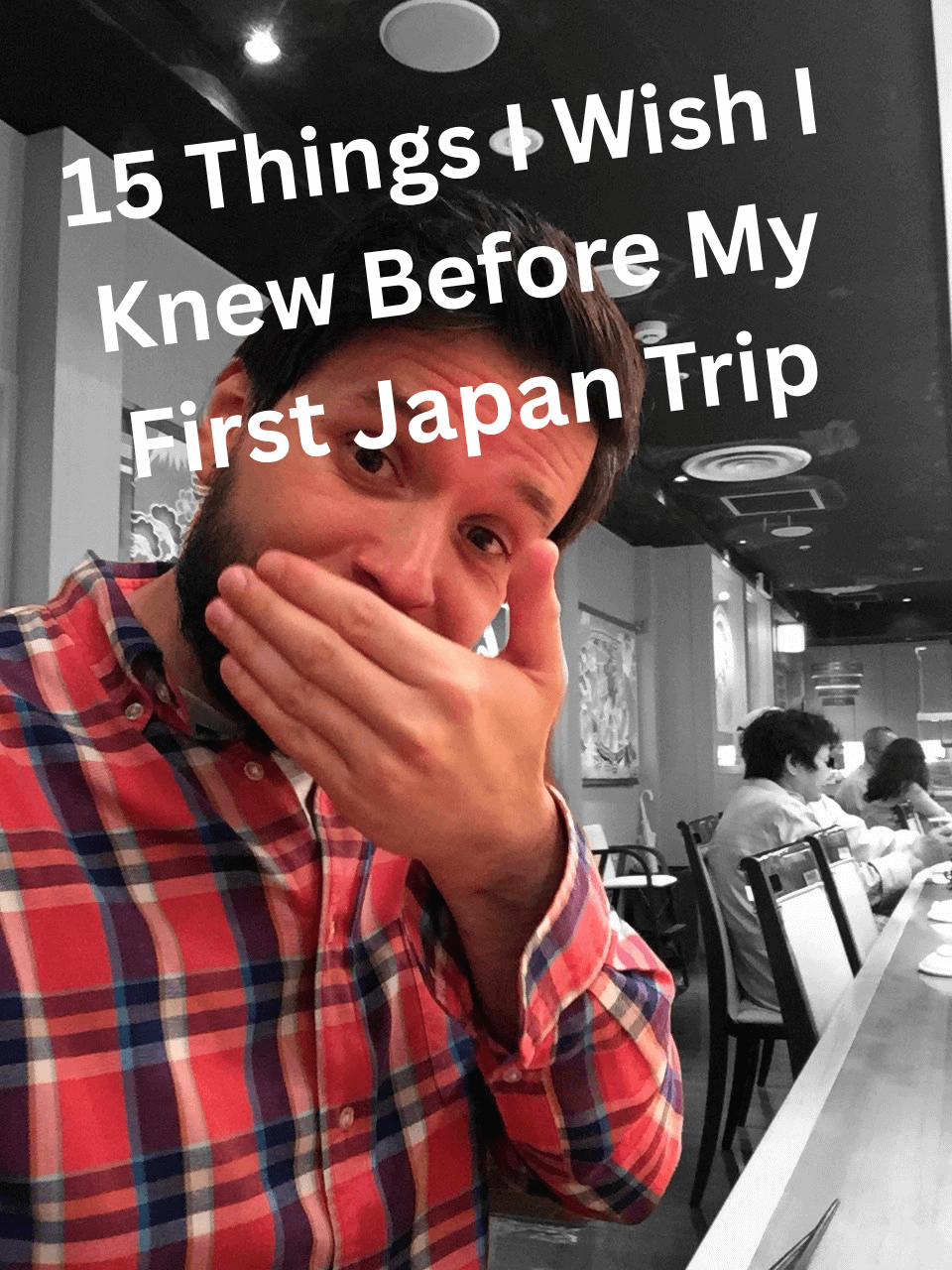Last Updated on October 24, 2025 by Vlad
Back in 2004, I stepped off the plane at Narita with my Japanese mates picking me up, thinking I had a pretty good handle on what to expect. I’d read the Lonely Planet cover to cover, asked my friends a million questions, and felt ready.
Turns out, actually being there is completely different to reading about it.
Within a week, my back was wrecked from standing on packed trains, I’d walked around Tokyo carrying rubbish for hours like an idiot, and I was drenched in sweat because I’d worn cotton in 35-degree humidity. As for the onsen experience my mates suggested? Yeah, chickened right out of that one.
Fast forward 20 years and countless trips later, I’ve learned a thing or two. My mate’s heading to Japan for the first time in June, and it got me thinking about all the stuff I wish someone had told me before that first trip. Not the obvious tourist tips you’ll find everywhere, but the real, practical things that’ll make your trip smoother.
So here’s what I wish I’d known…
Table of Contents
#1: Get a Suica or Pasmo Card Straight Away
Lucky for me, my Japanese friends sorted me out with a Suica card before we even hit the trains. Absolute legends. Saved me from standing at ticket machines trying to work out fares while a queue of annoyed salarymen built up behind me.
If you don’t have a mate to sort you out, get one of these cards as soon as you land:
- Works on basically every train and bus in Japan
- Tap on, tap off – dead simple
- Use it at convenience stores and vending machines
- Saves you calculating fares (which is a nightmare)
- Can top it up at any station
Suica vs Pasmo? Doesn’t matter, they work the same. Just grab whichever one you see first.
These days you can get a digital version on your phone, but back in 2004 we had the plastic cards. Made life so much easier. Can’t imagine fumbling with paper tickets on the Yamanote Line during rush hour.
#2: Cash Still Rules (Even in 2025)
Cash ruled two decades ago, and cash still rules now. You never know when you’ll need it – that tiny ramen shop that doesn’t take cards, the temple donation box, or an emergency hospital visit.
ATMs that accept foreign cards exist (7-Eleven and Family Mart are your best bet), but they’re not everywhere. I always carry at least ¥20,000-30,000 in my wallet now. Sounds like heaps, but it goes quick when you’re eating out and visiting attractions.
Pro tip: Hit up an ATM as soon as you land at the airport if you didn’t bring yen with you. Don’t wait until you’re in some random neighbourhood at 9pm desperately searching for one.
#3: Standing on Trains Will Absolutely Wreck You
Look, if you’ve done Melbourne peak hour on the Cranbourne line, you might think you’re prepared. You’re not.
Tokyo trains are on another level. I’m talking Yamanote Line, Asakusa Line, Ginza Line, Tokyu Toyoko Line, Keikyu Line – didn’t matter which one I caught, they were all packed. Station staff literally push people into carriages during rush hour. It’s not a joke, they actually do it.
My first week, I was standing for hours every single day. Morning commute, standing. Afternoon exploring, standing. Evening heading to dinner, standing. My dodgy back was absolutely cooked by day three.
Here’s what nobody tells you:
- Peak hour is 7:30-9:30am and 5:00-8pm (avoid if possible)
- Weekends are just as bad when everyone’s out shopping and sightseeing
- Some lines are worse than others (Yamanote is always heaving)
- Train etiquette means you can’t really lean on anything or anyone
- Your core and leg muscles will be screaming
What I do now:
- Start exercising well before I travel to Japan
- Start early (catch the 6:30am train, get a seat almost every time)
- Stay out later (after 9pm it quiets down)
- Actually stretch every morning before heading out
- Book hotels near where I want to explore (less train time)
- Accept that some standing is unavoidable and deal with it
If you’ve got back problems like me, seriously consider this before planning your daily routes. That “quick 20-minute train ride” might mean standing for 40 minutes each way.
#4: Good Walking Shoes Are Non-Negotiable
Can’t even remember which exact shoes I wore on that first trip – that’s how long ago it was. But I can tell you they were a pair of dark grey casual shoes I’d bought from David Jones in the Melbourne CBD. They looked the business, but they were an absolute torture device on Tokyo’s concrete.
They were absolutely shocking for walking. My feet were destroyed.
Here’s what you actually need: proper walking shoes or trainers that you’ve already broken in. Not brand new ones you bought specially for the trip – they’ll give you blisters within an hour. Bring the comfy old faithfuls you’ve been wearing for months.
Why it matters:
- You’ll easily walk 10-15km a day (check your phone’s step counter)
- Lots of stairs at temples and stations
- Train platforms can be long walks
- Streets aren’t always smooth (cobblestones, uneven paths)
Save the fancy shoes for dinner. Your feet will be screaming at you by day three if you don’t.
#5: Bring a Rubbish Bag (Learn From My Mistake)
Picture this: me wandering around Tokyo with empty taiyaki wrappers and drink bottles stuffed in my pockets and backpack for literally hours. Walked all over the place looking for a bin. Found absolutely nothing. Ended up carrying this rubbish all the way back to my hotel in Meguro like some sort of trash-collecting tourist.
Felt like a complete muppet.
Here’s the thing – Japan is spotless (almost), but public bins are rare as hen’s teeth. They got rid of most of them after the 1995 sarin gas attacks and never really brought them back. You’ll find some at train stations and konbini, but out on the streets? Forget it.
What I do now:
- Small plastic bag or ziplock in my daypack
- Buy snacks and drinks I can finish while still at the shop
- Convenience stores have bins (inside or near the entrance)
- Vending machines sometimes have bins next to them
Don’t be like young me, walking around Tokyo like a mobile recycling centre.
#6: Long Lines Mean Good Food (Wish Young Me Knew This)
Young, impatient me would walk past restaurants with queues out the door and think “nah, too much effort.” What a dickhead move.
There was this sushi train place in Shibuya – upper floor of a shopping centre building near the station, heaps of chairs, always packed. Line was out the door and around the corner. I walked past it three times before finally joining the queue.
45 minutes I waited. Best sushi I’d had up until that point.
That’s when it clicked – Japanese people don’t queue for nothing. If locals are lining up, there’s a bloody good reason. The food’s either amazing, cheap, or both.
These days, if I don’t see a queue, alarm bells go off:
- Why’s it empty?
- What do the locals know that I don’t?
- Is it touristy rubbish?
My approach now:
- See a line? Join it
- Bring something to read or scroll
- Chat to people around you (good way to get recommendations)
- If locals are queueing, it’s worth the wait
The waiting’s part of the experience. You’re standing there, watching people come and go, smelling the food, getting hungrier by the minute. Makes that first bite even better.
#7: The Heat and Humidity Will Destroy You (If You Dress Wrong)
Cotton. I wore cotton. In Japanese summer. In Tokyo.
Mate, I was drenched in sweat within two minutes of leaving the hotel. Not just a bit sweaty – absolutely soaked. My t-shirt was sticking to me, my jeans felt like I’d jumped in a pool. It was grim.
Japanese summer isn’t like Australian summer. Yeah, we’ve got hot days back home, but it’s usually a dry heat. Japan’s humidity is next level – think Darwin, not Sydney. It’s like walking through a hot, wet blanket.
What actually works:
- Loose, long linen clothes (copy what the locals wear)
- Light colours that reflect heat
- Moisture-wicking fabrics, not cotton
- Sun umbrella – and yeah, I use one now, don’t care if it looks touristy
- Small towel for wiping sweat (you’ll see locals doing this)
The sun umbrella cops some stick from other tourists, but the Japanese use them all the time. Blocks the direct sun which makes a massive difference, even if it doesn’t help with the humidity.
Also: drink water constantly. Like, way more than you think you need. Convenience stores are everywhere, so there’s no excuse.
When it’s brutal:
- June-September (especially July-August)
- Kyoto is worse than Tokyo (it’s in a basin)
- Midday is the worst (plan indoor activities)
These days I plan my Japan trips for spring or autumn. Summer is just cooked.
#8: English Isn’t That Common – Even in 2025 & Why Basic Japanese Helps
My mate picked me up from Narita in 2004, which was lucky because I would’ve been absolutely stuffed otherwise. Navigating the airport and trains with zero Japanese? Nightmare fuel.
But even with friends showing me around, I still got caught out. One afternoon I ducked into this tiny sushi shop near closing time – proper local spot, not a tourist joint. The staff were trying to tell me something, getting more frantic by the second. I had no bloody clue what they were saying.
Turns out they were closing for lunch in five minutes. They ended up ringing someone who spoke a bit of English just to tell me. Felt like a right idiot.
Twenty years later, it’s better but:
- Big hotels and major tourist spots? You’ll be right
- Restaurants in popular areas have English menus
- But venture into local neighbourhoods? Good luck
- Train staff don’t always speak English
- Taxi drivers rarely do
What actually helps:
- Google Translate app (download Japanese offline)
- Point at pictures on menus
- Have your hotel address in Japanese on your phone
- Don’t be shy – most Japanese people will try to help even with the language barrier
This is exactly why learning a few basic Japanese phrases goes such a long way. Even a simple “sumimasen” (excuse me) and “arigatou” (thank you) will dramatically improve your interactions. I’ve got a whole guide on essential Japanese words and phrases – it’s worth a look before you go.
#9: Convenience Stores Will Blow Your Mind
Right, can we talk about Japanese convenience stores for a second? Because back in 2004, walking into a Family Mart or 7-Eleven for the first time absolutely did my head in.
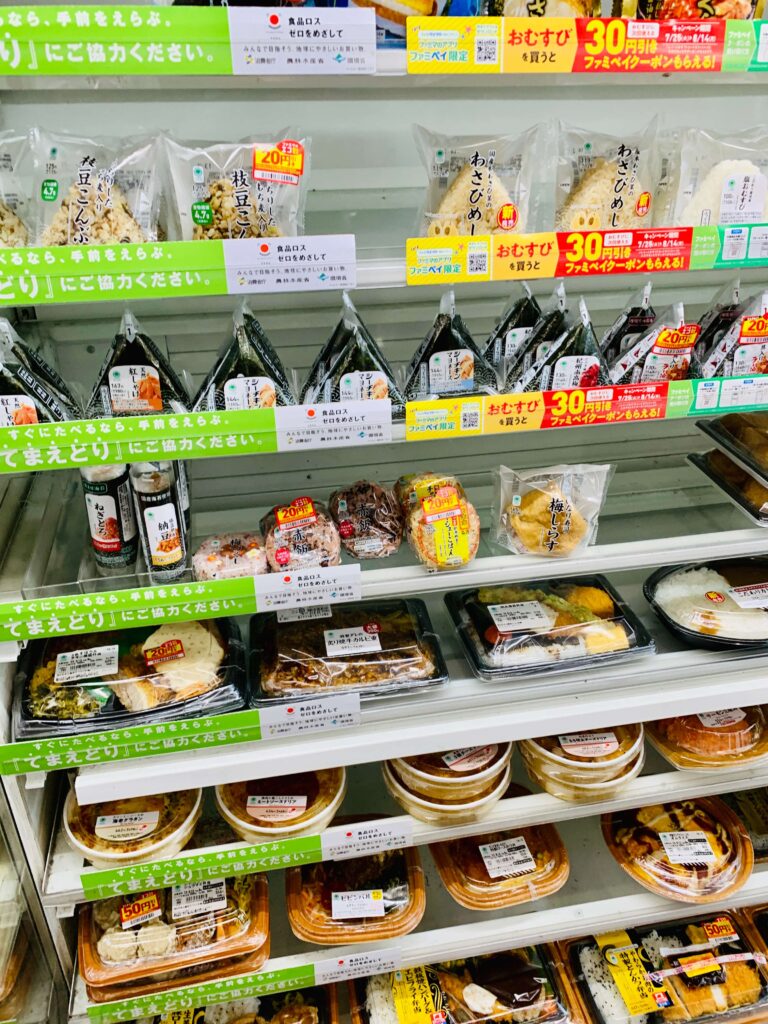
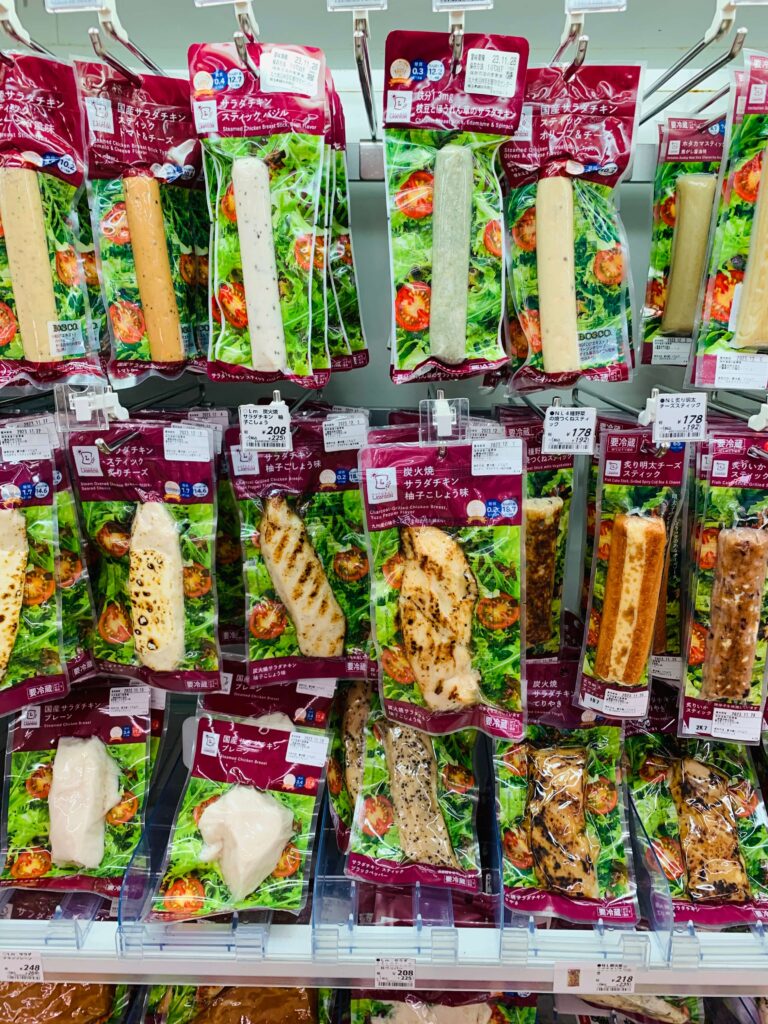
resh onigiri, hot food, proper meals, decent coffee, clean toilets – and all of it dirt cheap. I could eat like a king for what I’d pay for a sad service station pie back home.
Twenty years later? Still true. Australia still hasn’t caught up.
What you can get:
- Fresh rice balls (onigiri) – my go-to breakfast
- Hot food from the microwave section (karaage chicken, yes please)
- Bento boxes that are actually good
- Snacks you’ve never heard of. My personal favourite is the tuna mayo onigiri – perfect savoury snack for about ¥120
- ATMs that work with foreign cards
- Pay bills, buy concert tickets, print documents
- Clean toilets (always a bonus)
My konbini strategy:
- Breakfast from 7-Eleven (onigiri and coffee around ¥500)
- Snacks for the day (grab and go)
- Emergency toilet stops (always clean)
- Top up Suica card
- Late night meals when everything’s closed
The konbini culture in Japan is next level. You can legitimately survive off convenience store food and eat well. Try doing that in Australia – you’d be living on meat pies and sad sandwiches.
#10: The Naked Onsen Dilemma (Just Say Bugger It)
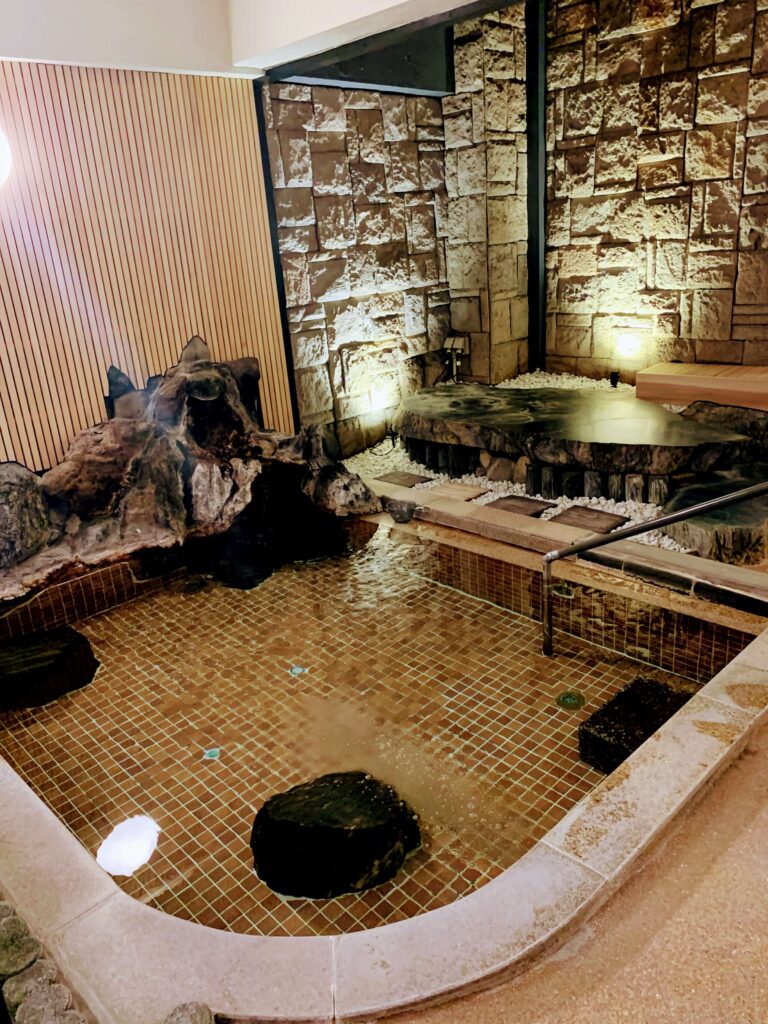
Right, let’s talk about getting your kit off with strangers. My mates invited me to an onsen on that first trip. I chickened out. Made excuses. “Maybe next time.”
Took me a few years to finally just say bugger it and give it a crack.
Wish I’d done it sooner, honestly. Once you’re in the water, no one cares. Everyone’s there to relax, soak their tired muscles (from all that train standing), and enjoy the hot water. No one’s looking at you. No one’s judging.
The rules are simple:
- Wash thoroughly before getting in (soap, rinse, the works)
- Small towel goes on your head or beside the bath (not in the water)
- No swimming, splashing, or mucking about
- Tattoos can be an issue at some places (but it’s getting better)
My advice: Stop overthinking it. You’ll never see these people again. Everyone’s in the same boat – literally naked in hot water. Just do it. Or start with a private onsen.
Your sore back from standing on trains all day will thank you. Trust me on this one.
#11: Squat Toilets Still Exist (Be Prepared)
Be prepared when you venture out. There are plenty of squat-only toilets still around, especially in older train stations and temples. If you’re not used to them, it might be a bit of a shock.
Modern Japan loves its high-tech toilets with heated seats and bidets, but the old squat toilets haven’t disappeared. Just good to know they exist so you’re not caught off guard.
Pro tip: Major stations and department stores have Western-style toilets. Plan accordingly.
#12: See Japan from the Air (Took Me 11 Years to Do This)
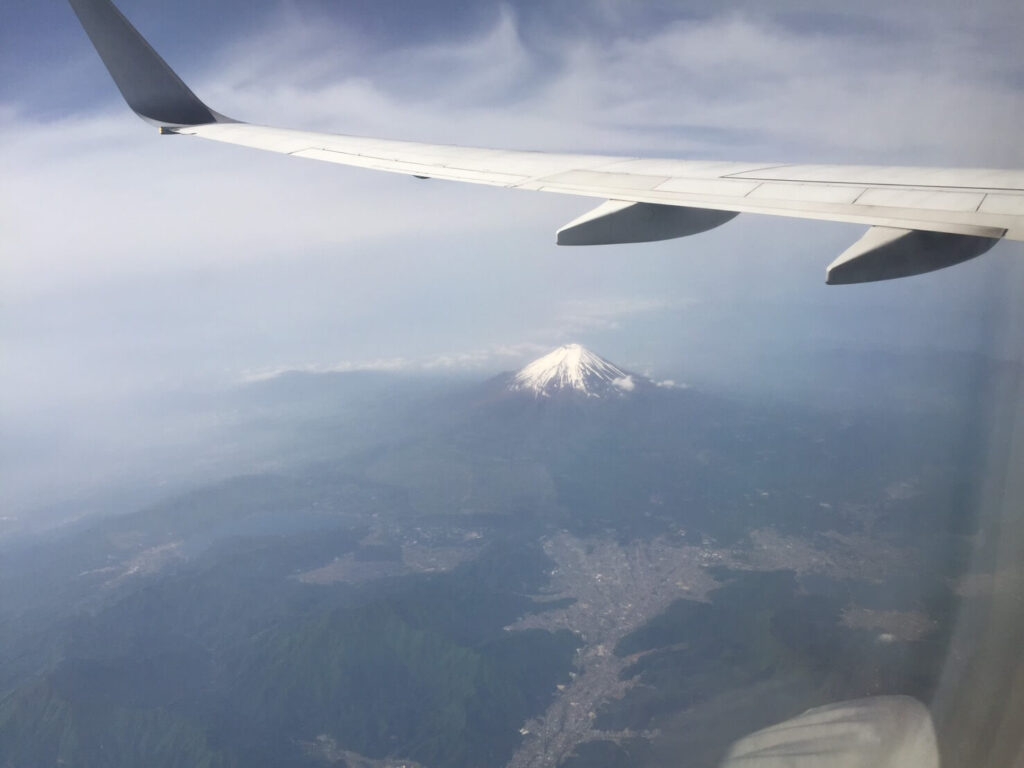
For years, I stuck to trains. The Shinkansen is brilliant – fast, comfortable, reliable. Why would I bother flying?
Then in 2015, I finally caught a domestic flight from Tokyo to Hiroshima. Game changer. I’d seen the maps, but seeing the sprawling, mountainous archipelago from the air finally made the country’s scale and geography click in my mind.
Taking off from Haneda, I saw the Imperial Palace from above, then a few minutes later – boom – there’s Mt Fuji in all its glory. Valleys, towns, cities, and then this endless string of islands across the Seto Inland Sea. Gave me a completely different perspective on Japan’s geography.
Why you should consider flying:
- Sometimes faster than the Shinkansen (especially for longer distances)
- Can be cheaper if you book early
- The views are genuinely incredible
- See how mountainous Japan actually is
Good routes for scenic flights:
- Tokyo to Hokkaido (mountains for days)
- Tokyo to Okinawa (islands and ocean)
- Osaka to Ishigaki (tropical paradise)
Don’t get me wrong, the train is still brilliant for most trips. But if you’re doing a longer haul or want to see Japan from a different angle, chuck in a domestic flight. You won’t regret it.
#13: Give Yourself Time to Rest
Exploring and seeing Japan is one thing, but giving yourself time to rest and soak it all in is crucial. Japan can be overwhelming with its endless attractions, packed trains, and constant sensory overload.
Take the time to relax and recharge. What better way than by spending a day or two in an onsen town? Or just having a slow morning at a local cafe watching the world go by.
You don’t need to cram every temple, museum, and attraction into your itinerary. Some of my best Japan memories are from the quiet moments – sitting in a park, wandering random neighbourhoods, or just people-watching at a train station.
#14: Don’t Plan Everything Out
Life happens. Plans change. There’s nothing wrong with planning things out, but do leave some time (or days) for no-plan adventures. Even if that means just walking at random around Tokyo.
Some of my best experiences came from unplanned discoveries – stumbling across a festival I didn’t know about, finding a tiny bar down an alley, or ending up at a local restaurant because the one I wanted was closed.
Build in flexibility. Leave gaps in your schedule. See where the day takes you.
#15: Don’t Walk and Eat (It’s Frowned Upon)
You’re carrying your taiyaki, you’ve found a bin for the wrapper, so you start walking and eating, right? Not quite. While it’s becoming more common, eating while walking is still generally considered messy and impolite in many parts of Japan.
That’s why you’ll see people clustered around food stalls or convenience stores finishing their snack. It’s also why your ekiben (train station lunch box) is meant to be eaten on the train, not while strolling through the station.
What to do instead:
- At a convenience store: Eat your onigiri just outside the door or in the designated corner
- At a food stall: Find a nearby ledge or quiet spot to stand and eat
- General rule: If you bought it from a street vendor, it’s generally okay to eat nearby. If you bought it from a shop to take away, find a place to stop
It’s one of those small, unspoken rules that makes you feel less like a clueless tourist. Took me a while to notice the pattern, but once you see it, you can’t unsee it – everyone stops to eat, hardly anyone walks and munches.
Final Thoughts
My mate’s heading to Japan soon, and I’ve been telling him all of this. The same stuff I wish someone had told me back in 2004.
Japan’s an incredible country that rewards both planning and spontaneity. Do your research, but don’t stress if things don’t go to plan. Wear comfy shoes, carry a rubbish bag, join those queues, and for the love of god, don’t wear cotton in summer.
Most importantly? Just go. Even with all the standing on trains, the language barriers, and the moments of confusion – Japan’s worth it. Twenty years and countless trips later, I’m still finding new things to love about the place.
Got a question I haven’t covered? Chuck it in the comments below!
Your first trip will be messy, tiring, and occasionally frustrating. That’s part of the adventure. Roll with it, laugh at your mistakes, and enjoy the ride.
Safe travels, and don’t forget to grab that Suica card at the airport!
Frequently Asked Questions
How much cash should I carry in Japan?
I always carry at least ¥20,000-30,000 (around $200-300 AUD). Sounds like heaps, but it goes quick when many smaller restaurants, shops, and temples only take cash. Hit up an ATM at 7-Eleven or Family Mart as soon as you land – they accept foreign cards.
What’s the best IC card to get – Suica or Pasmo?
Doesn’t matter – they work exactly the same. Grab whichever one you see first at the airport or train station. Both work on trains, buses, and at convenience stores across Japan. You can also get a digital version on your phone now.
What should I wear in Japan during summer?
Loose, long linen clothes in light colours – not cotton! I learned this the hard way when I was drenched in sweat after two minutes. Japanese summer humidity is brutal, think Darwin not Sydney. Also grab a sun umbrella – locals use them and they actually help.
How much walking will I do per day in Japan?
Expect 15-20km a day if you’re a typical tourist. That’s why proper walking shoes you’ve already broken in are essential. Don’t bring brand new shoes or fancy ones – your feet will be destroyed by day three.
Are there bins in Japan?
Barely any on the streets. Public bins were removed after the 1995 sarin gas attacks and never really came back. You’ll find them at train stations and inside convenience stores. Chuck a small plastic bag in your backpack to carry rubbish until you find a bin.
Is it hard to use trains in Tokyo during peak hour?
Melbourne peak hour is nothing compared to Tokyo. You’ll be standing for ages, packed in tight, with station staff literally pushing people into carriages. Peak times are 7:30-9:30am and 5:30-8pm. Try to travel outside these times if you can, or accept that your legs and back will be cooked.
Do I need to speak Japanese?
Basic Japanese helps heaps. Even just “sumimasen” (excuse me) and “arigatou” (thank you) will get you far. English isn’t widely spoken outside major tourist areas – I once had a sushi shop staff ring someone just to translate that they were closing in 5 minutes. Download Google Translate offline before you go.
Should I queue for restaurants with long lines?
Absolutely! If locals are lining up, the food’s worth it. I used to skip places with queues and missed out on some crackers. Now if there’s no line, alarm bells go off. The wait is part of the experience – bring something to read and enjoy it.
Are onsen awkward for first-timers?
Yeah, getting naked with strangers is weird at first. Took me years to finally give it a crack. But honestly, once you’re in, no one cares. Everyone’s there to relax. Just follow the rules (wash first, towel stays out), stop overthinking it, and enjoy. Your sore muscles from train standing will thank you.
When’s the best time to visit Japan?
Spring (March-May) and autumn (September-November) are best. Summer is brutal with the heat and humidity, especially July-August. I now plan all my trips for spring or autumn to avoid the sweaty mess that is Japanese summer.
Can I eat while walking in Japan?
It’s generally frowned upon, though becoming more common in tourist areas. Most locals stop to eat – you’ll see them clustered around food stalls or standing outside convenience stores. Ekiben (train lunch boxes) are fine to eat on the train, but not while walking through the station. If you bought it from a street vendor, eating nearby is usually okay.
